Market Analysis
In-depth Analysis of Sand Screen Market Industry Landscape
The Sand Screen market is influenced by a range of factors that collectively impact its growth and dynamics. A primary driver for this market is the flourishing construction and oil and gas industries. The demand for sand screens arises from their crucial role in filtering sand particles during oil and gas extraction processes. As global construction activities and energy exploration continue to rise, the need for efficient sand control mechanisms becomes imperative, propelling the demand for sand screens in the market.
Regulatory standards and environmental considerations are pivotal factors shaping the Sand Screen market. Governments and regulatory bodies impose stringent guidelines on oil and gas extraction operations to ensure environmental protection and worker safety. Compliance with these regulations necessitates the use of high-quality and environmentally friendly sand screens. Market players must adapt their products to meet these standards, fostering a commitment to sustainable and responsible manufacturing practices.
Economic factors also significantly influence the Sand Screen market. Fluctuations in oil prices, for instance, directly impact the investment decisions of oil and gas companies. During periods of high oil prices, there is typically increased investment in exploration and production activities, leading to a higher demand for sand screens. Conversely, economic downturns may result in reduced exploration efforts, affecting the market for sand control solutions. Market participants must remain attuned to economic conditions and adjust their strategies accordingly.
Technological advancements play a crucial role in shaping the Sand Screen market landscape. Continuous innovation in materials and design enhances the efficiency and effectiveness of sand control solutions. Advanced manufacturing processes and the incorporation of cutting-edge materials contribute to the development of durable and high-performance sand screens. Companies that invest in research and development to stay abreast of technological progress are better positioned to cater to the evolving needs of the oil and gas industry.
Moreover, the geographical distribution of oil and gas reserves influences the Sand Screen market. Regions with abundant oil and gas resources, such as the Middle East and North America, exhibit a higher demand for sand screens due to increased extraction activities. Market players must consider regional variations in resource availability and extraction intensity when formulating their market strategies.
Environmental considerations are gaining prominence in the Sand Screen market, mirroring a broader trend in industries worldwide. The push for sustainable and environmentally friendly practices has led to the development of sand screens with reduced ecological impact. This includes the use of recyclable materials and energy-efficient manufacturing processes. Companies that prioritize eco-friendly solutions are likely to gain a competitive advantage as the industry places greater emphasis on environmental responsibility.
Furthermore, geopolitical factors can impact the Sand Screen market. Political instability in oil-producing regions, trade disputes, and geopolitical tensions can influence oil and gas exploration activities. Market participants must navigate these geopolitical complexities to ensure the successful deployment of sand control solutions in diverse global locations.
In conclusion, the Sand Screen market is a dynamic sector influenced by a combination of factors. From industry demand and regulatory standards to economic fluctuations, technological innovations, geographical considerations, environmental concerns, and geopolitical dynamics, these market forces collectively shape the evolution of sand control solutions. Participants in this market must remain agile and responsive to these factors, adapting their products and strategies to meet the evolving needs of the oil and gas industry.

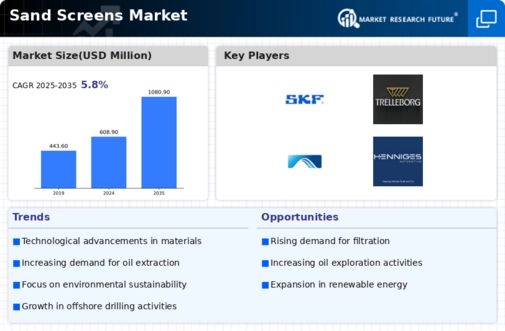

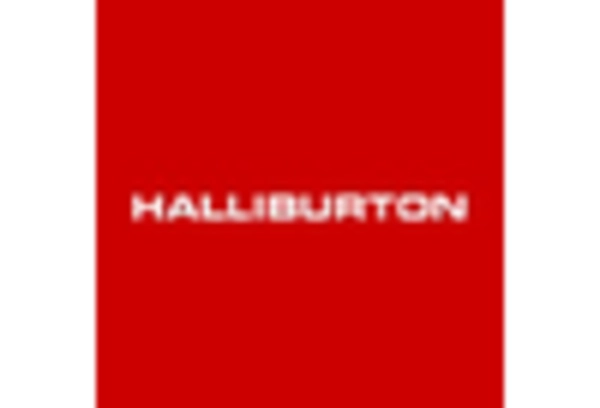
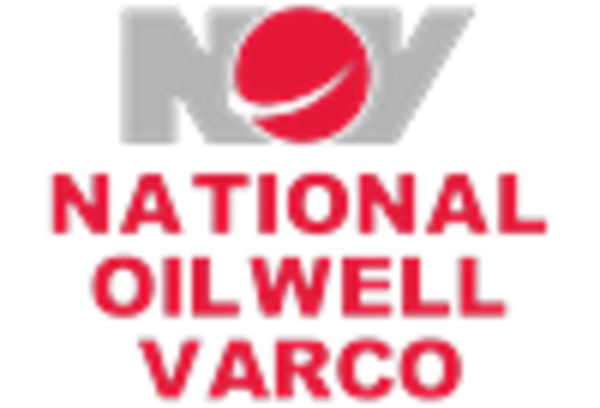
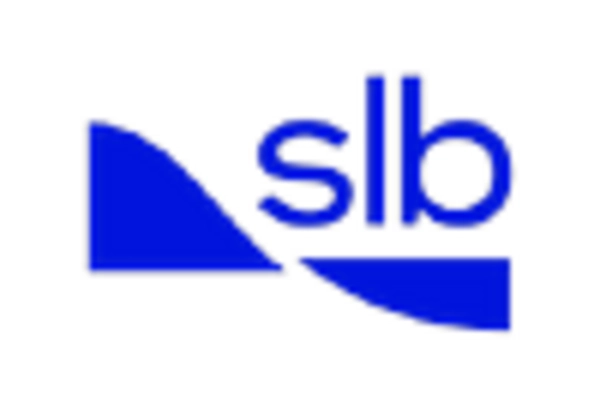
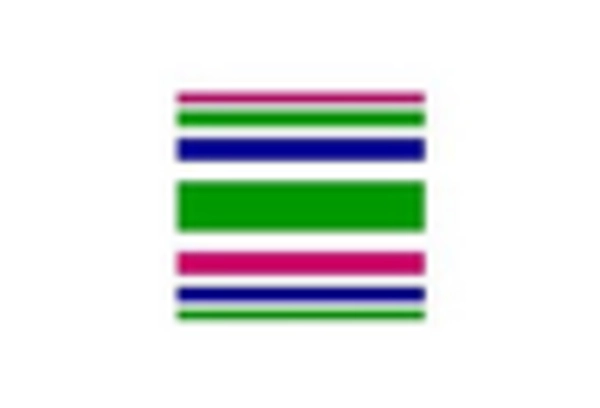










Leave a Comment